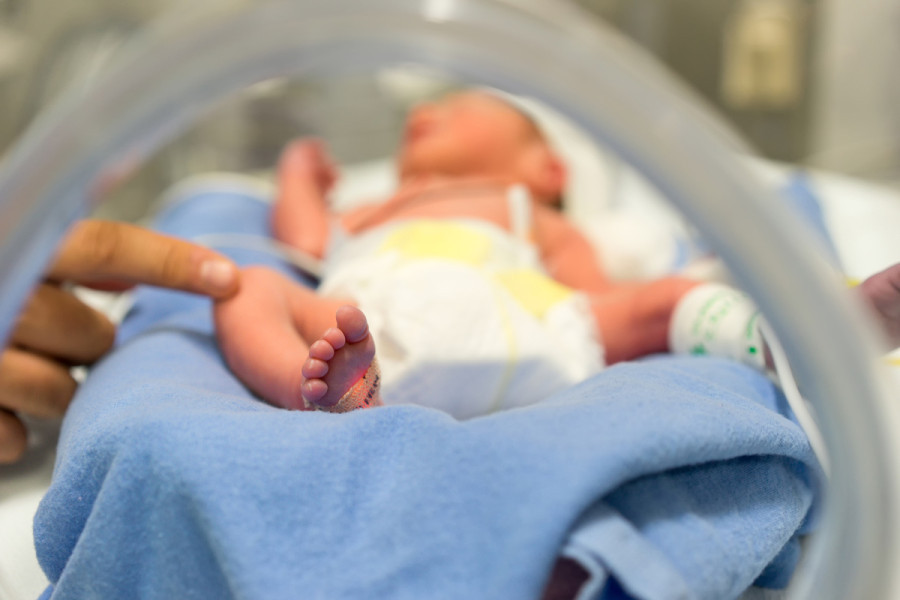Health
Neonatal treatment package falls short for tertiary hospitals: Report
Treatment at NICU costs over Rs47,000 on average while the government reimburses up to Rs8,000 only.
Post Report
Treatment for newborn children at a neonatal intensive care unit costs over Rs33,000 in tertiary care public hospitals, a study carried out by the Nepal Health Research Council shows.
The Ministry of Health and Population, however, reimburses only Rs8,000 to the hospitals that agreed to provide free treatment to newborns.
Tertiary hospitals are advanced health facilities providing specialised care.
According to an ‘Economic Cost Analysis of NICU in Tertiary Care Centers in Nepal’, carried out in four Kathmandu-based public and private tertiary care centres—Kanti Children’s Hospital, Tribhuvan University Teaching Hospital, HAMS Hospital and International Friendship Children Hospital—it costs Rs47,975 per person on an average at NICU (including hospital and patients’ expenses).
“Per patient, public hospitals—Tribhuvan University Teaching Hospital, and Kanti Children’s Hospital’s cost is recorded as Rs33,029,” reads the report. “The ‘Free Neonatal Treatment Package’, which offers a maximum reimbursement of Rs8,000, is unacceptable to all tertiary hospitals.”
According to the report, almost 20 percent of the mothers are under the age of 20, while 13.5 percent have undergone Caesarean sections previously, and an additional 11.3 percent have experienced abortion and stillbirth.
Similarly, more than one quarter—27 percent—were born preterm, followed by 25.6 percent of participants who were born with low weight, both being the main risk factors for neonates.
Nepal has committed to reducing neonatal mortality to 12 in every 1,000 live births by 2030. However, the rate of newborn deaths has been stagnant since 2016, according to the Nepal Demographic and Health Survey-2022 carried out by the Ministry of Health and Population.
The nationwide study carried out with technical as well as financial support from the United States Agency for International Development, shows that still, 21 children per 1,000 live births die within a month.
The government’s target for Sustainable Development Goals was to reduce the neonatal mortality rate to 16 deaths per every 1,000 live births, by 2022.
SDGs, a follow-up on the Millennium Development Goals (MDGs), aim to end poverty, hunger, and all forms of inequality in the world by 2030. Nepal has committed to meeting the goals.
Studies show 85 percent of all deaths among children under the age of five in Nepal take place before a child’s first birthday, with 64 percent occurring during the first month of life.
“The Nepal government, along with other global cohorts, can go through the incentive policies for neonate treatment support programme taking this evidence as the major baseline for policy implementation,” the report stated.
Health ministry officials concede that the treatment cost at NICU in tertiary care hospitals is far more than what the government reimburses.
“Even though neonatal deaths are stagnant for years and it is very difficult to meet the SDG goals, the Health Ministry doesn't have a budget to increase the treatment cost,” said Nisha Joshi, a public health official at the Family Welfare Division of the Department of Health Services.
The report said that people from low socio-economic backgrounds, who have to make direct payments for neonatal complications, are more vulnerable to catastrophic expenditures.




 17.12°C Kathmandu
17.12°C Kathmandu













